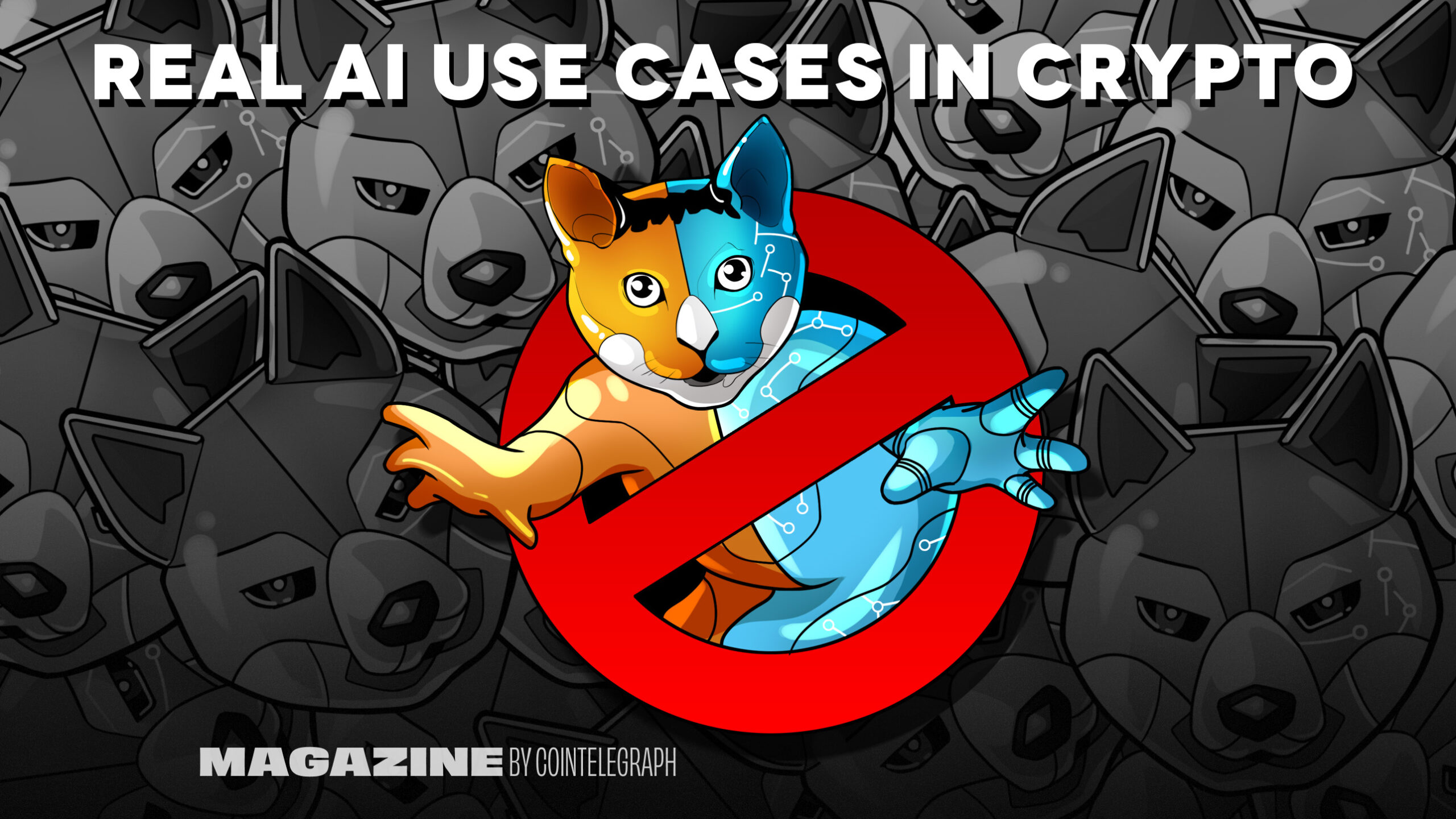We’re rolling out one genuine use case for AI and crypto each day this week — including reasons why you shouldn’t necessarily believe th
We’re rolling out one genuine use case for AI and crypto each day this week — including reasons why you shouldn’t necessarily believe the hype. Today: How blockchain can fight the fakes.
Generative AI is extremely good at generating fake photos, fake letters, fake bills, fake conversations — fake everything. Near co-founder Illia Polosukhin warns that soon, we won’t know which content to trust.
“If we don’t solve this reputation and authentication of content (problem), shit will get really weird,” Polosukhin explains. “You’ll get phone calls, and you’ll think this is from somebody you know, but it’s not.”
“All the images you see, all the content, the books will be (suspect). Imagine a history book that kids are studying, and literally every kid has seen a different textbook — and it’s trying to affect them in a specific way.”
Blockchain can be used to transparently trace the provenance of online content so that users can distinguish between genuine content and AI-generated images. But it won’t sort out truth from lies.
“That’s the wrong take on the problem because people write not-true stuff all the time. It’s more a question of when you see something, is it by the person that it says it is?” Polosukhin says.
“And that’s where reputation systems come in: OK, this content comes from that author; can we trust what that author says?”
“So, cryptography becomes an instrument to ensure consistency and traceability and then you need reputation around this cryptography — on-chain accounts and record keeping to actually ensure that ‘X posted this’ and ‘X is working for Cointelegraph right now.’”
Seriously, don’t trust anything you see online anymore. Faking stuff is trivial. You cannot tell the difference. There are no watermarks, and watermarks can be defeated easily. This genie is not going back in the bottle.
— Ethan Mollick (@emollick) November 27, 2023
If it’s such a great idea why isn’t anyone doing it already?
There are a variety of existing supply chain projects that use blockchain to prove the provenance of goods in the real world, including VeChain and OriginTrail.
However, content-based provenance has yet to take off. The Trive News project aimed to crowdsource article verification via blockchain, while the Po.et project stamped a transparent history of content on the blockchain, but both are now defunct
More recently, Fact Protocol was launched, using a combination of AI and Web3 technology in an attempt to crowdsource the validation of news. The project joined the Content Authenticity Initiative in March last year
When somebody shares an article or piece of content online, it is first automatically validated using AI and then fact-checkers from the protocol set out to double-check it and then record the information, along with timestamps and transaction hashes, on-chain.
Read also
Features
How to make a Metaverse: Secrets of the founders
Features
Crypto winter can take a toll on hodlers’ mental health
“We don’t republish the content on our platform, but we create a permanent, on-chain record of it, as well as a record of the fact-checks conducted and the validators for the same,” founder Mohith Agadi told The Decrypting Story.
And in August, global news agency Reuters ran a proof-of-concept pilot program that used a prototype Canon camera to store the metadata for photos on-chain using the C2PA standard.
It also integrated Starling Lab’s authentication framework into its picture desk workflow. With the metadata, edit history and blockchain registration embedded in the photograph, users can verify a picture’s authenticity by comparing its unique identifier to the one recorded on the public ledger.
Academic research in the area is ongoing, too.
Why did @FactProtocol choose blockchain technology to build a decentralized fact-checking system? A thread 🧵👇
1. Tamper-Proof Records:
Blockchain’s immutability ensures that fact-checking records on Fact Protocol cannot be altered or tampered with, providing a secure and… pic.twitter.com/tEOrl4Us4o
— Fact Protocol (@FactProtocol) November 21, 2023
Is blockchain needed?
Technically, no. One of the issues hamstringing this use case is that you actually don’t need blockchain or crypto to prove where a piece of content came from. However, doing so makes the process much more robust.
So, while you could use cryptographic signatures to verify content, Polosukhin asks how the reader can be certain it is the right signature? If the key is posted on the originating website, someone can still hack that…
cointelegraph.com

COMMENTS